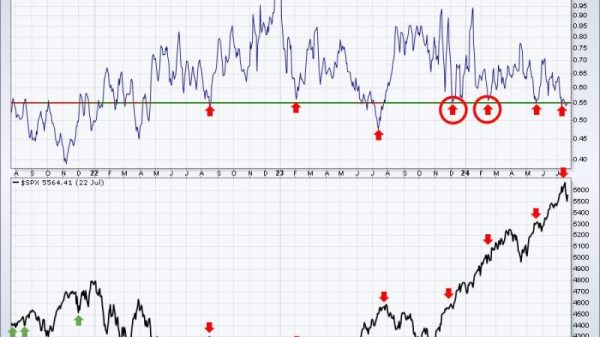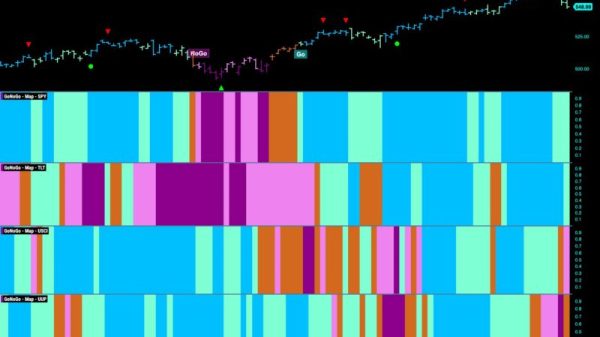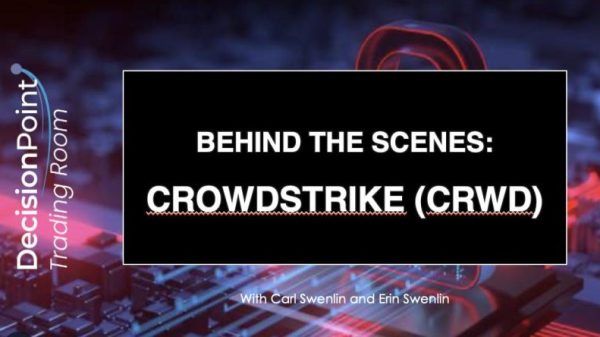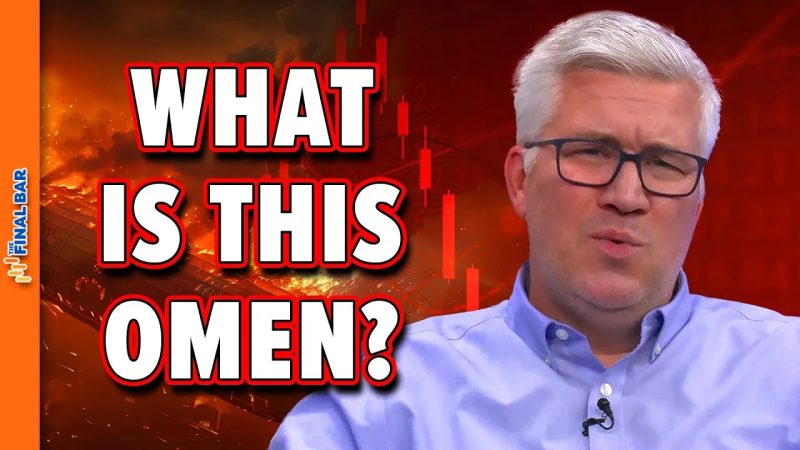The Hindenburg Omen: Debunking Myths and Understanding Its Impact
Understanding market indicators and signals is crucial for investors and analysts seeking to navigate the ever-changing landscape of the financial world. The Hindenburg Omen is one such signal that has gained attention in recent years for its purported ability to predict market crashes. However, it is essential to delve deeper into this indicator to separate fact from fiction and understand its implications accurately.
Origins of the Hindenburg Omen
The Hindenburg Omen is named after the German airship Hindenburg, which famously exploded in flames in 1937. The term was coined by James R. Miekka, a mathematician and creator of the system used to identify the omen. The signal is triggered when several specific market conditions align, including a high number of stocks hitting 52-week highs and lows simultaneously.
Truth Behind the Signal
Despite its ominous name and reputation, the Hindenburg Omen is not a foolproof indicator of an imminent market crash. Critics argue that the signal has a high false-positive rate, meaning that it can be triggered without necessarily leading to a significant downturn in the market. Market analysts caution against relying solely on this signal for making investment decisions, as there are many other factors at play in the complex world of finance.
Effects on Market Sentiment
One area where the Hindenburg Omen may have a tangible impact is on market sentiment. The signal’s widespread dissemination through financial news outlets and social media platforms can create fear and uncertainty among investors. This, in turn, can lead to increased volatility in the markets as traders react to the perceived threat of a potential crash.
Duration of the Signal
Another crucial aspect to consider is the duration of the Hindenburg Omen signal. Some proponents of the indicator argue that it can provide valuable insights into market trends over an extended period. However, skeptics point out that the signal is based on short-term fluctuations and may not hold up over longer time frames.
Conclusion
In conclusion, while the Hindenburg Omen has garnered attention as a potential predictor of market crashes, it is essential to approach this signal with caution and skepticism. Investors and analysts should consider a wide range of factors and indicators when making investment decisions, rather than relying solely on any single signal. By understanding the limitations and nuances of signals like the Hindenburg Omen, market participants can navigate the financial world more effectively and make informed choices to achieve their investment goals.





























